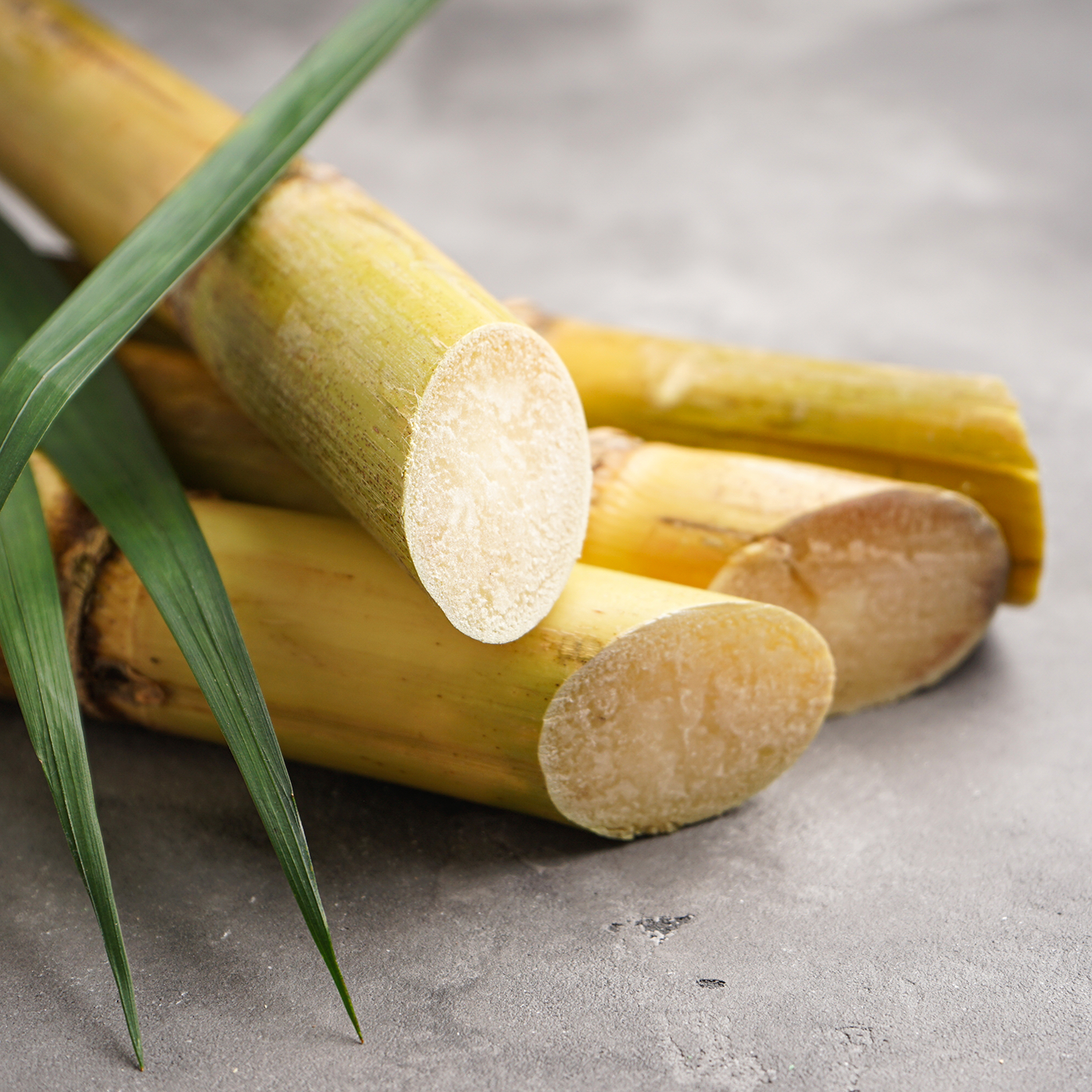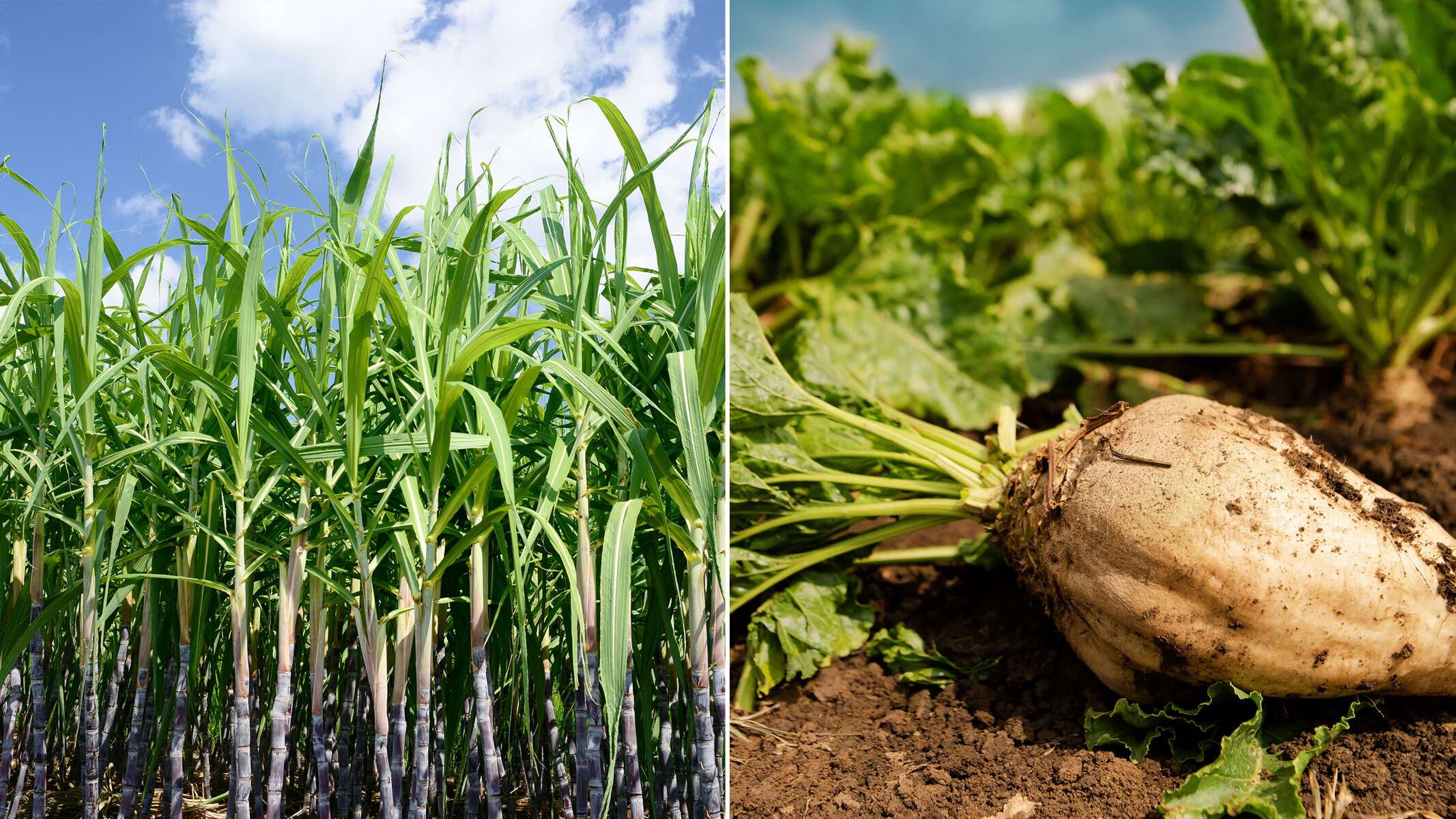Sugar beet vs sugar cane: Which offers better yields in variable climate conditions?
The Significance of Sugar Beet Vs Sugar Cane: a Closer Appearance at Their Manufacturing Processes and Applications
The relevance of sugar beet and sugar cane expands past their duty as sources of sucrose. Each crop includes distinct manufacturing procedures that influence their applications throughout different industries. While sugar beet sustains not simply food production however likewise biofuels and plant foods, sugar cane primarily serves the food market with valuable byproducts. Understanding these differences exposes how each plant shapes farming economies and market methods internationally, motivating further exploration into their unique contributions.

Overview of Sugar Beet and Sugar Cane
Sugar beet and sugar cane are two main sources of sucrose, each with distinctive attributes and farming methods. Sugar beet, an origin veggie, thrives in warm environments - Sugar beet vs sugar cane. It is grown primarily in the North Hemisphere and requires well-drained dirt. The plant normally grows to a height of concerning 18 inches, with a white, fleshy origin having about 15-20% sucrose. In contrast, sugar cane is a tropical yard that grows in cozy, moist problems. It can reach heights of approximately 12 feet and contains tall, jointed stems that store sucrose focus ranging from 10-15%. The farming of sugar cane is labor-intensive and frequently entails hand-operated harvesting. Both crops act as essential farming products, offering resources for sugar production and numerous byproducts. Their farming methods significantly impact regional economic situations and international sugar markets, making them essential to the farming landscape
Gathering Methods for Sugar Beet and Sugar Cane
Collecting techniques for sugar beet and sugar cane differ markedly due to the special attributes of each plant. Sugar beet harvesting typically utilizes specific equipment called beet harvesters, which effectively uproot the beetroots from the dirt while minimizing damages. These makers make use of a series of blades to reduce the tops and lift the roots, guaranteeing that the beetroots stay intact for processing.In comparison, sugar cane harvesting frequently involves two primary techniques: hand-operated cutting and mechanical harvesting. Hand-operated harvesting, still common in some areas, requires employees to cut the cane stalks by hand utilizing machetes. This technique enables discerning harvesting yet is labor-intensive. Mechanical harvesters have actually acquired appeal, utilizing rotating blades to reduce and collect the stalks swiftly. Both techniques intend to maximize return and quality, with mechanical harvesting progressively taken on to satisfy climbing production demands successfully.
Handling Methods for Sugar Beet
After being gathered, sugar beets undertake a series of handling steps to draw out sucrose efficiently. The primary step entails cleaning the beetroots to eliminate dirt and pollutants. Next off, the beetroots are sliced into slim strips recognized as cossettes, which increases the surface for removal. These cossettes are then subjected to warm water extraction in a diffusion process, allowing sucrose to dissolve into the water.Following extraction, the juice consists of impurities and is clarified using lime and warm to precipitate solids. The made clear juice is then concentrated via evaporation, removing excess water and raising sugar concentration. To take shape the sucrose, the focused juice undertakes additional dissipation and air conditioning, developing sugar crystals. These crystals are separated from the continuing to be syrup through centrifugation, dried out, and packaged for circulation. This approach ensures a high yield of sucrose while preserving the quality of the final product.
Handling Approaches for Sugar Cane
Processing sugar cane involves a series of steps developed to draw out sucrose successfully. The procedure begins with harvesting, where fully grown sugar cane is cut and moved to refining centers. When at the mill, the cane undertakes cleaning to remove impurities. The next step is squashing, where mechanical rollers essence juice from the coarse stalks.This juice is after that cleared up using warm and lime to get rid of suspended solids and pollutants. Adhering to explanation, the juice is vaporized to concentrate the sugar material, causing a thick syrup. The syrup undergoes condensation, where sugar crystals form as the syrup cools. These crystals are separated from the remaining molasses via centrifugation.Finally, the sugar is dried out and browse this site packaged for circulation. This comprehensive processing technique warranties that sugar cane produces a high-quality product, suitable for different culinary and industrial applications, while taking full advantage of the extraction of sucrose from the raw material.
Nutritional Differences In Between Sugar Beet and Sugar Cane
The comparison between sugar beet and sugar cane prolongs past their processing approaches to include significant dietary differences. Sugar beet contains not only sucrose however additionally a variety of minerals and vitamins, including vitamin C, potassium, and magnesium. These nutrients add to its possible health and wellness advantages, such as supporting immune function and preserving electrolyte equilibrium. On the other hand, sugar cane generally provides sucrose with marginal levels of essential nutrients.Additionally, sugar beet has a higher fiber material, which can help in digestion and promote satiation. The visibility of antioxidants in sugar beet might also offer safety results against oxidative anxiety, an aspect linked to numerous persistent diseases. While both resources are largely made use of for sugar manufacturing, the nutritional profiles recommend that sugar beet may supply additional wellness benefits compared to sugar cane. This distinction is essential for customers looking for more than simply sweeteners in their diets.
Applications of Sugar Beet in Different Industries
A selection of sectors Resources leverage sugar beet for its functional applications past sugar manufacturing. In the food market, sugar beet works as a vital ingredient in producing various processed foods, including desserts and baked goods, as a result of its all-natural sweetness. Additionally, the pulp acquired from sugar beet is utilized as pet feed, offering a nutrient-rich resource for livestock.In the biofuel field, sugar beet is increasingly acknowledged for its capacity in creating bioethanol, contributing to eco-friendly energy remedies. The agricultural field gain from sugar beet's byproducts, which can be used as natural fertilizers, enhancing dirt health and wellness and fertility.Furthermore, sugar beet essences are employed in drugs and cosmetics, where they work as natural sweeteners and humectants. These varied applications highlight sugar beet's role as a useful resource in improving sustainability and development across multiple industries, enhancing its significance in contemporary production techniques.
Applications of Sugar Cane in Various Industries

Frequently Asked Concerns
What Ecological Effects Are Connected With Sugar Beet and Sugar Cane Production?
The environmental impacts of sugar beet and sugar cane production consist of dirt destruction, water use, chemical application, and habitat disturbance. These aspects add to ecological imbalances, increasing problems concerning sustainability in agricultural practices connected with both plants.

How Do Sugar Beet and Sugar Cane Compare in Terms of Economic Viability?
The financial feasibility of sugar beet and sugar cane varies based upon aspects like geographic area, production expenses, and market need - Sugar beet vs sugar cane. Both crops provide distinct benefits, influencing farmers' decisions regarding growing and investment in different areas
What Are the Key Regions for Sugar Beet and Sugar Cane Cultivation?

Exactly How Does Environment Impact the Development of Sugar Beet and Sugar Cane?
Environment significantly impacts the growth of sugar beet and sugar cane. Sugar beetroots prosper in cooler temperature levels, while sugar cane needs cozy, tropical problems. Sugar beet vs sugar cane. Both crops depend useful source on adequate rainfall and sunlight for optimal advancement and yield
Are There Any Type Of Considerable Health And Wellness Concerns Connected To Consuming Sugar From These Resources?
Wellness concerns related to sugar intake include weight problems, diabetes, and heart condition. Both sugar beet and sugar cane-derived sugars can contribute to these issues, especially when consumed in too much amounts, no matter of their source.